If you’re looking for a unique attraction in Lucerne, head over to the Bourbaki Panorama, created in 1889. Although the original structure is enclosed within a modern glass building, its historical significance remains intact. While panoramas were very popular in the 19th century, they’re becoming increasingly rare. They’re immense circular paintings, offering a full 360-degree panoramic view of a city or an event, immersing viewers into the heart of the action. Here in Lucerne, you can step back in time to experience the dramatic retreat of the
French soldiers, led by General Bourbaki, who fled through Switzerland to escape the advancing Prussian army in 1870. This is one of the few remaining panoramas from that era, making it a popular attraction in Lucerne today.
The KKL by Jean Nouvel
Design enthusiasts should visit Lucerne’s Culture and Congress Centre. Nestled on the lakeside, this multicultural building, created by renowned French architect Jean Nouvel, blends seamlessly with its surroundings, offering a harmonious and modern architectural experience. The KKL houses several venues, notably a concert hall renowned worldwide for its exceptional acoustics.
Lake Lucerne
When visiting a lakeside city, getting close to the water is a must to fully experience the surrounding nature. Lake Lucerne offers countless possibilities for enjoying its waters. Swimming in summer, various water sports, paragliding above, or cruising along its surface—you’ll be spoiled for choice ! Whether it’s a cruise, a sunset tour, a simple boat ride, or even chartering your own vessel—anything is possible here!
The Swiss Path
If you enjoy hiking and wish to explore every corner of the lake, you’re in luck: Lucerne offers access to one of Switzerland’s most famous hiking loops—the Swiss Path. This trail circles a southern arm of Lake Lucerne along 35 kilometers of picturesque paths. The trail starts at the Rütli meadow, where, according to legend, the oath establishing the very first Swiss Confederation was sworn in 1291. You can choose to hike part of it, or complete the full circuit over two or three days.
Unusual visit: The Sonnenberg Tunnel – the world’s largest nuclear shelter
Fans of quirky tourism, here in Lucerne you can visit the Sonnenberg Tunnel—the largest nuclear shelter in the world! Built during the Cold War in response to the looming nuclear threat, Switzerland enacted a law in 1963 mandating the construction of nuclear shelters large enough to protect its entire population. The project to convert the motorway tunnel around Lucerne into a gigantic shelter was monumental. However, a full-scale test, conducted in front of the world’s media, turned out to be a complete fiasco, and the project was eventually abandoned in 2002. The impressive infrastructure, designed to accommodate 20,000 people, never served as an actual shelter, but you can visit it today by reservation, on a two-hour guided exploration of the facility. You’ll discover how engineers had envisioned organising life underground, waiting for the apocalypse above. This is a visit you’re unlikely to forget.
The Swiss Museum of Transport in Lucerne
Lucerne is home to Switzerland’s most visited museum, dedicated to the fascinating world of transportation. Fun and interactive, it covers the history and evolution of transport and mobility, from the earliest boats and pioneering railways, to cable cars, road transport, aviation, and space exploration! The museum also features “Media World,” developed with Red Bull, which traces the evolution of media and offers immersive virtual reality experiences designed to deliver an adrenaline rush. You’ll also find a planetarium, and a cinema-theatre showcasing daily movies, documentaries, ballets, and operas. To round off your visit, don’t miss the Swiss Chocolate Adventure, a multimedia exhibition that tells the delicious story of Swiss chocolate. As you can tell, there’s plenty to explore at the Swiss Museum of Transport in Lucerne!
Climbing Mount Pilatus
Ascending Mount Pilatus is no longer forbidden, the mountain is no longer considered cursed, and it’s been ages since anyone last spotted a dragon around here. So, there’s really no excuse not to discover the spectacular view from the top of this magnificent mountain. From Lucerne, you’ll need to reach the nearby village of Alpnachstad, either by train or by boat. There, you’ll board one of the world’s steepest and fastest cogwheel trains, which will carry you to the summit through enchanting alpine forests and flower-filled meadows. Breathtaking views await at the top, along with plenty of activities. Besides hiking trails, you can enjoy stargazing evenings, treetop adventure courses, summer tobogganing, yoga sessions, and even the opportunity to spend the night at the summit.
Exploring Mount Titlis
One of the must-see attractions around Lucerne for mountain lovers is the glacier walk at Mount Titlis. The adventure begins with a ride in the rotating cable car, which offers uninterrupted panoramic views as you ascend. At the summit, 3,020 metres above sea level, you’ll discover the Titlis Cliff Walk – the highest suspension bridge in Europe – along an artificial ice cave that leads you into the heart of the glacier. In summer, you can hop on the “Ice Flyer” chairlift, and in winter, enjoy the ski slopes. Just a heads-up: this excursion doesn’t come cheap !
Day Trip to Mount Rigi
Another alpine peak easily accessible from Lucerne is Mount Rigi. The classic day trip begins with either a scenic cruise on Lake Lucerne or a train ride to the nearby towns of Vitznau or Arth-Goldau. From there, you’ll board a cogwheel train followed by a cable car to reach the summit of Mount Rigi. A panoramic view awaits at the top—stretching over the Swiss Alps, sparkling lakes, and surrounding valleys. Once there, you can choose to go hiking, enjoy a meal at the restaurant, or take in the peaceful surroundings. The return journey follows the same route back.
Reaching the Stanserhorn: A Journey Through Time
If there’s one mountain that offers a truly unique experience, it’s the Stanserhorn. The ascent to the top takes place in two stages. First, you’ll ride a charming vintage funicular from 1893, followed by a journey on the ultra-modern CabriO cable car—a double-decker cabin with an open-air rooftop deck offering panoramic views. A revolving restaurant awaits at the summit, where you can enjoy traditional Swiss dishes and breathtaking vistas of the surrounding mountains. You can take a leisurely loop around the summit or venture onto more challenging trails that offer stunning views over the valley below. For those who believe in such things, the Stanserhorn is also considered a place of natural energy—a powerful site for spiritual recharge.
Exploring the Village of Meggen
If you’re dreaming of a peaceful moment, why not spend an afternoon in the small village of Meggen, just a few kilometres from Lucerne? Easily accessible by public transport, it offers a tranquil escape that only Switzerland can provide. The view over Lake Lucerne is simply stunning, and from April to October, on Sundays, you can visit the 17th-century Meggenhorn Castle, nestled among vineyards. If charming lakeside villages are your thing, make sure to visit Bauen, Morschach, Seelisberg or Hergiswil as well.
Hiking
Lucerne is a haven for seasoned hikers, nestled in the heart of the Alps. If you’re not sure where to start, the hike from Fronalpstock to Klingenstock is one of the most breathtaking in all of Switzerland. This panoramic 4.5 km trail follows the ridgeline between two peaks, offering stunning views over Central Switzerland’s alpine landscape, dotted with ten sparkling lakes. Along the way, you’ll pass the famous “Stairway to Heaven” – a scenic spot that promises the perfect photo opportunity.
Starting Point: Make your way to the car-free village of Stoos, accessible via the world’s steepest funicular from the town of Schwyz.
Option 1: One-way hike – take the chairlift from Stoos to Fronalpstock, then hike to Klingenstock and return to Stoos by chairlift. Operates daily from 9 am to 4 pm. Expect to pay around 22 CHF for the round trip.
Option 2: Full circuit from Stoos – a 13 km loop taking around 5 hours and 30 minutes.
Level: Difficult, with approximately 900 metres of elevation gain.




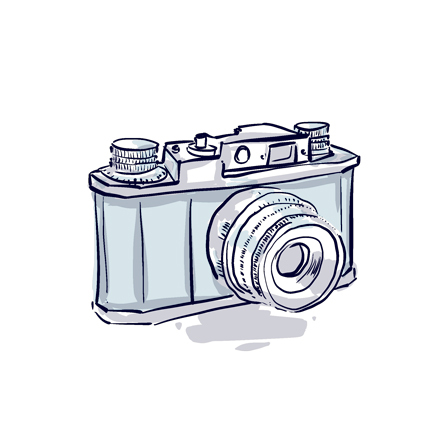

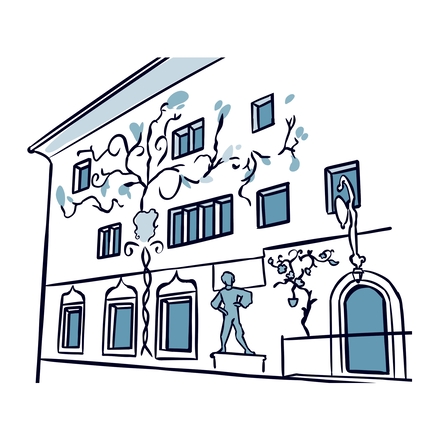
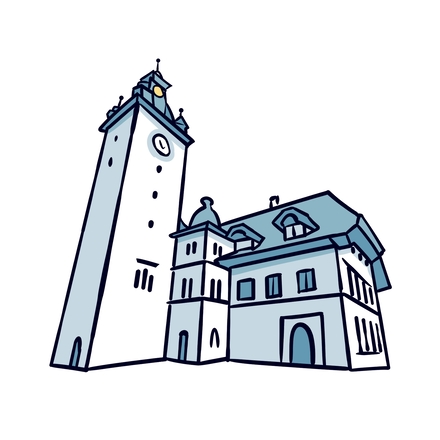
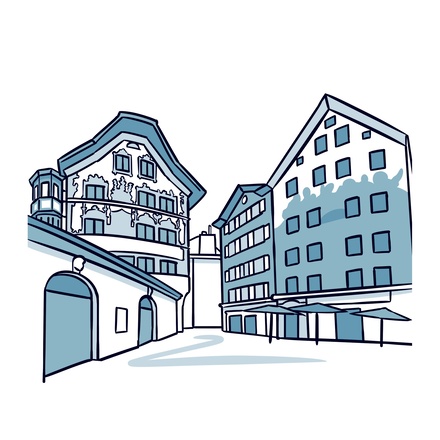

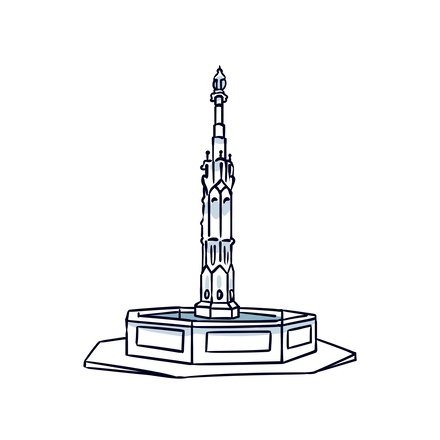
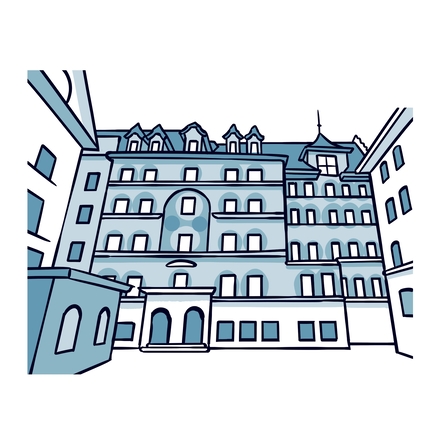
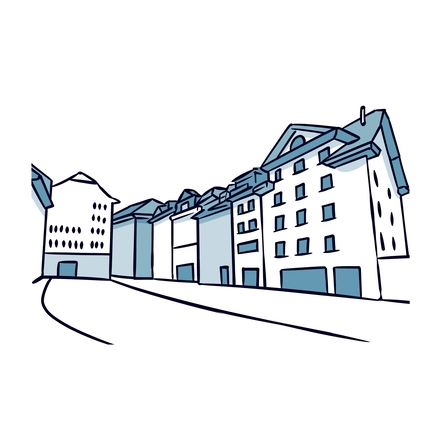




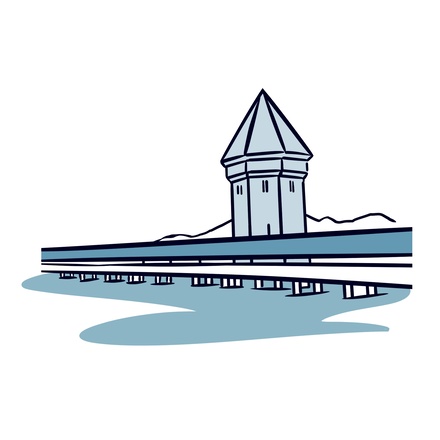
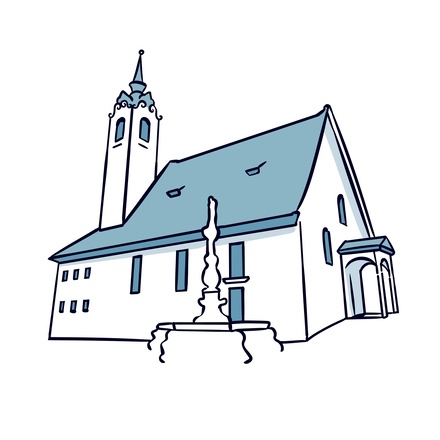
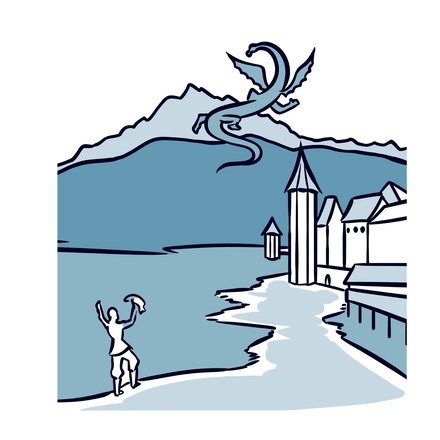

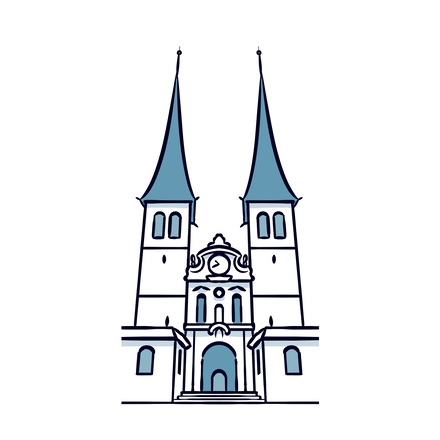

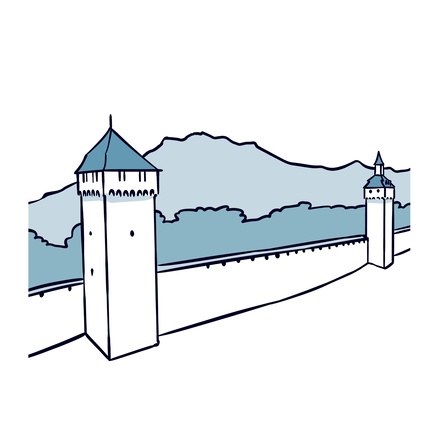
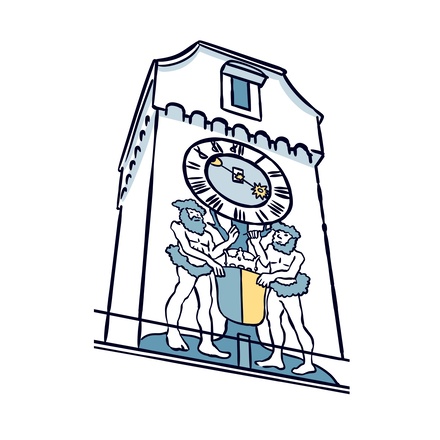
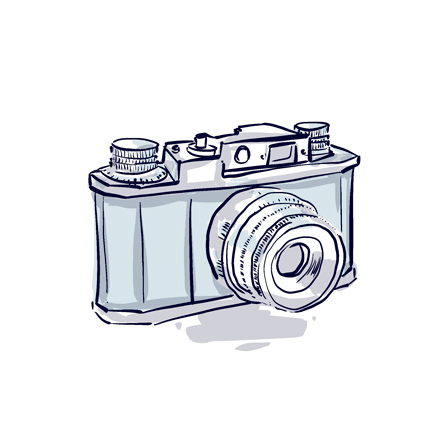
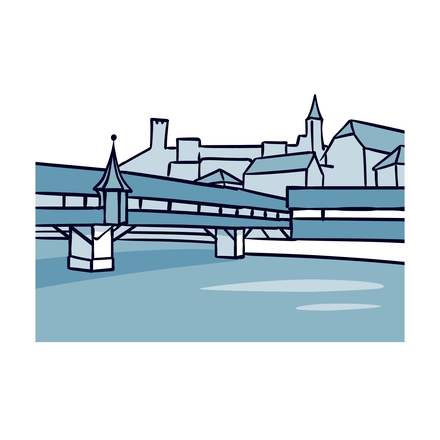

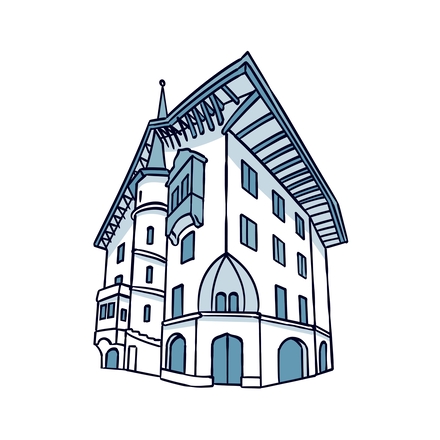
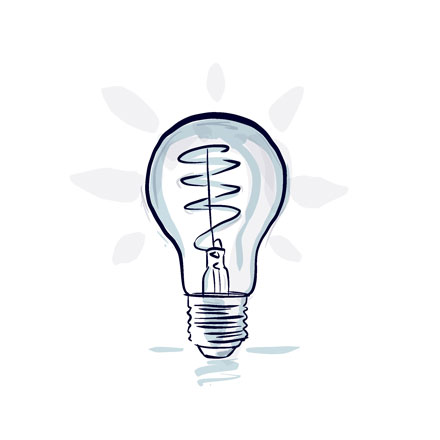

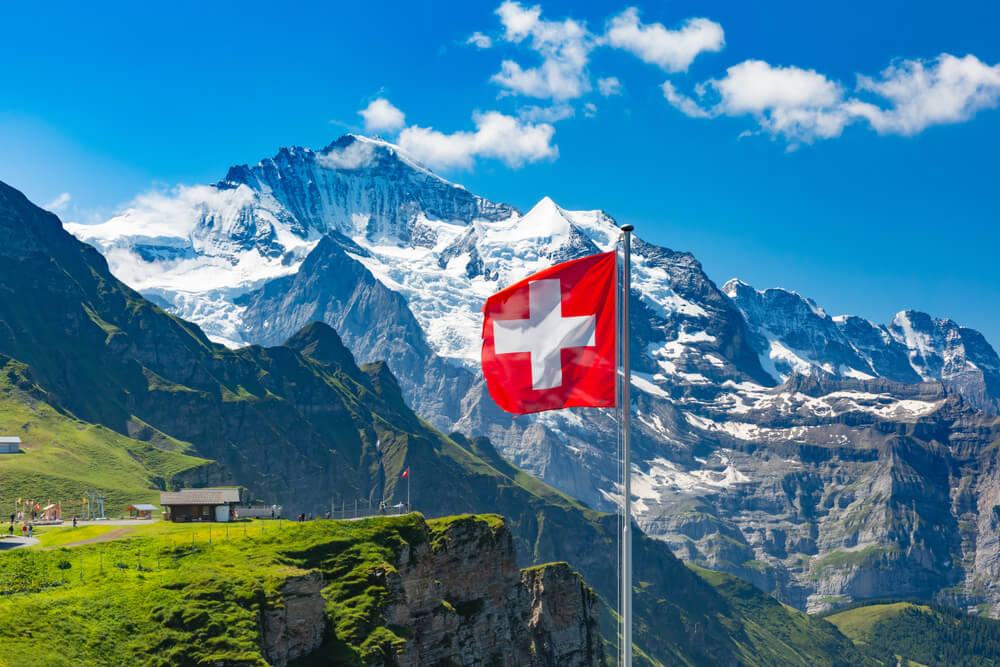

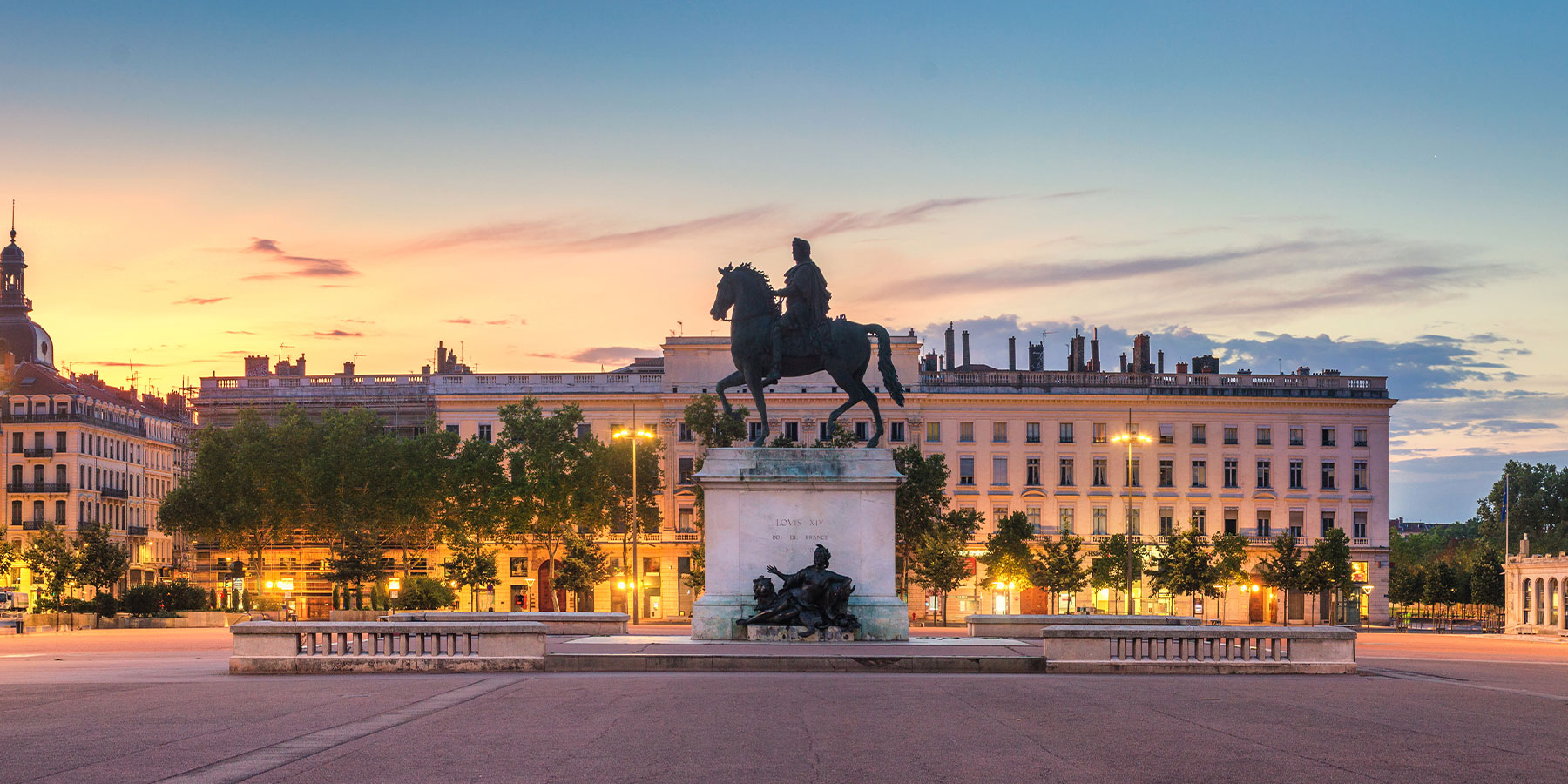



Comments